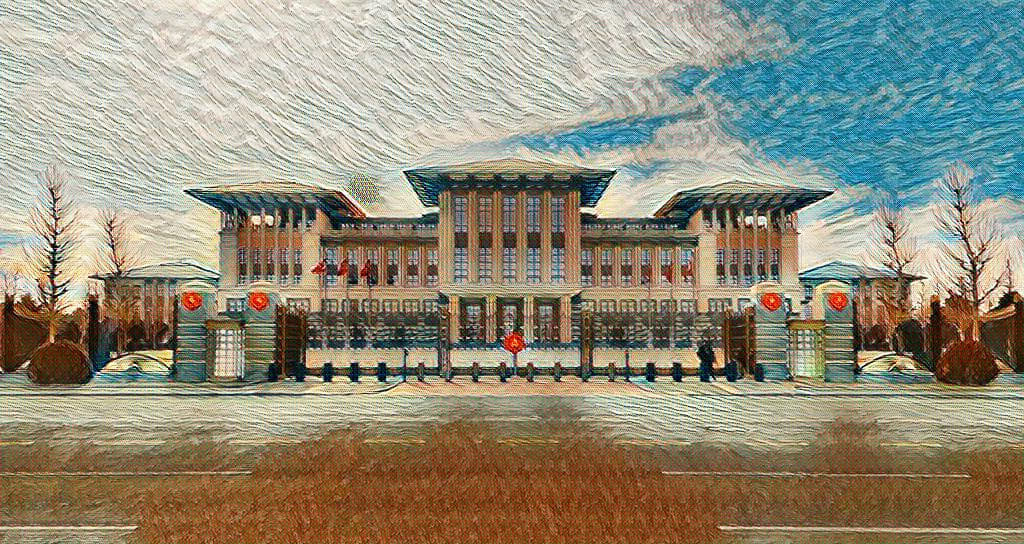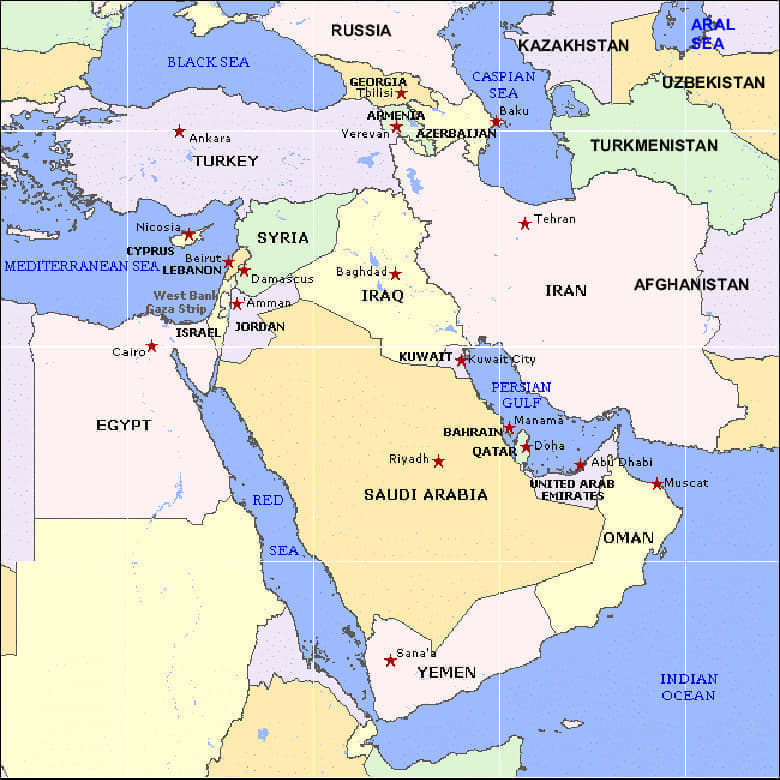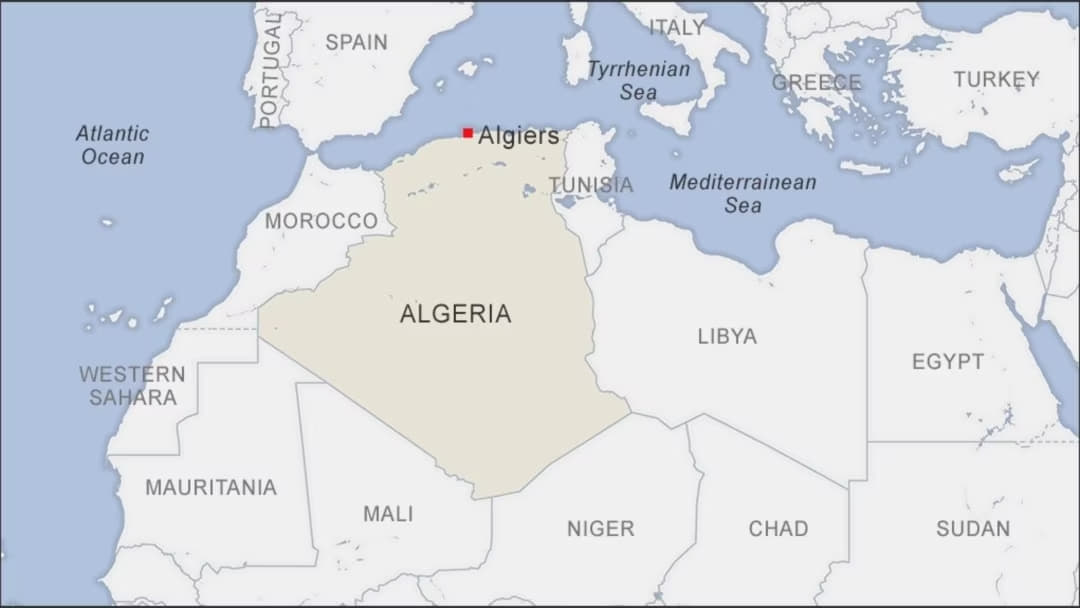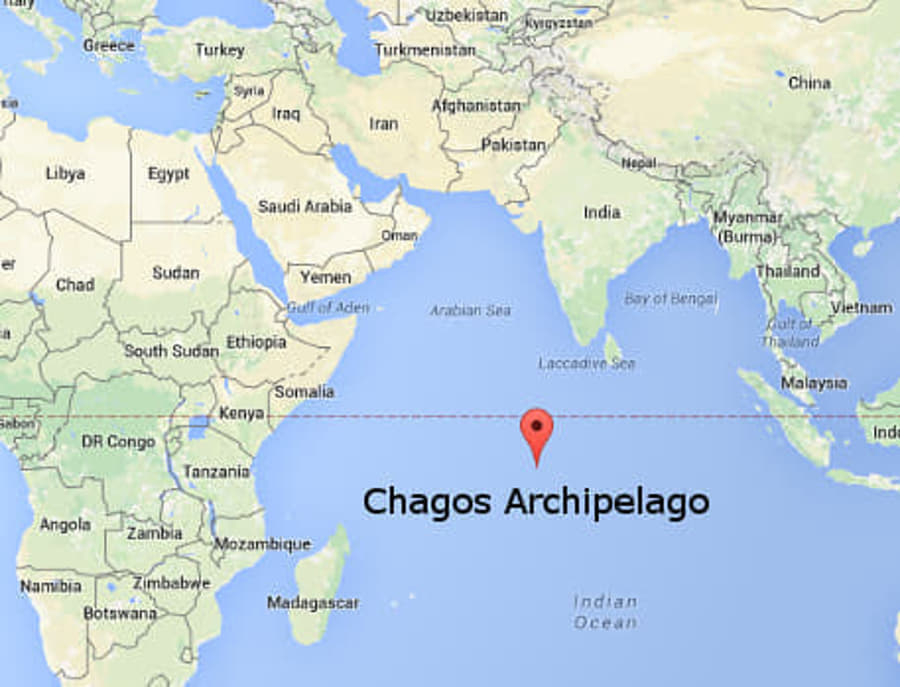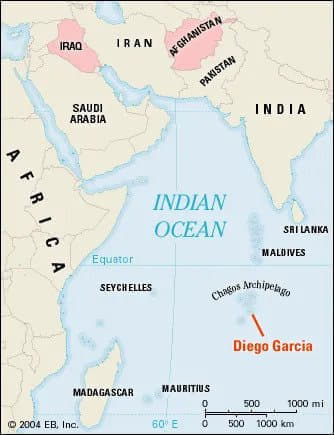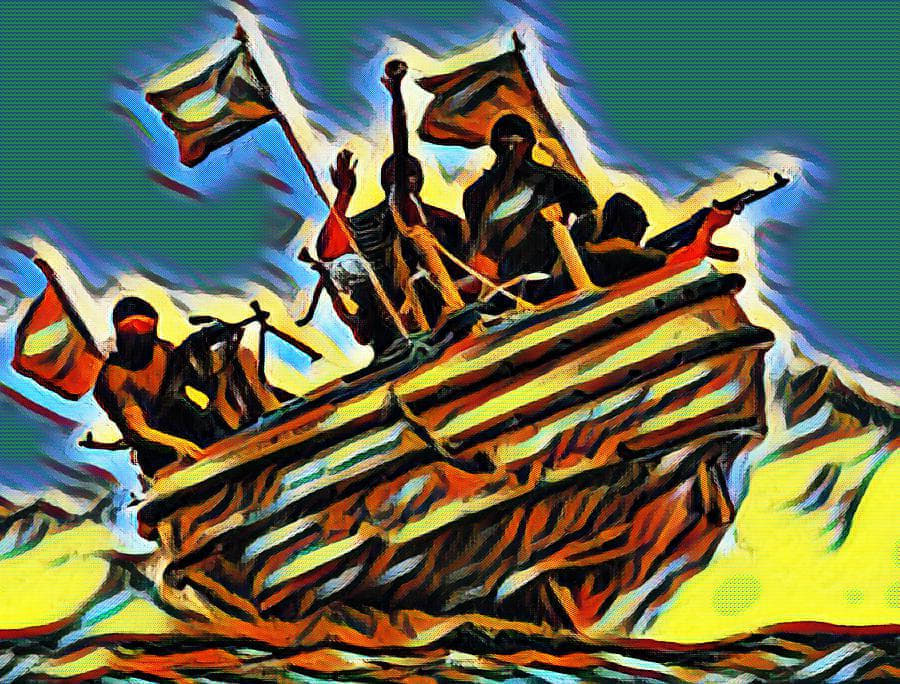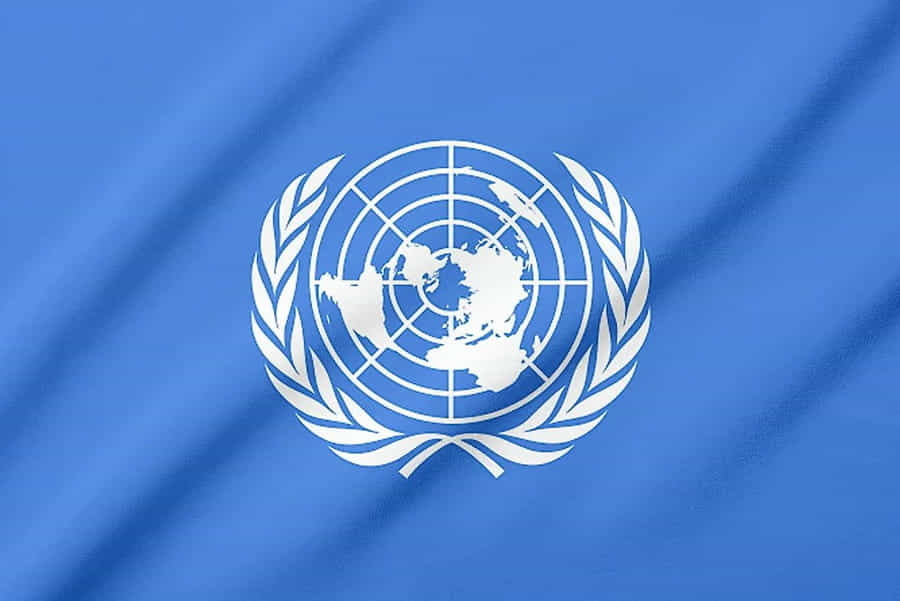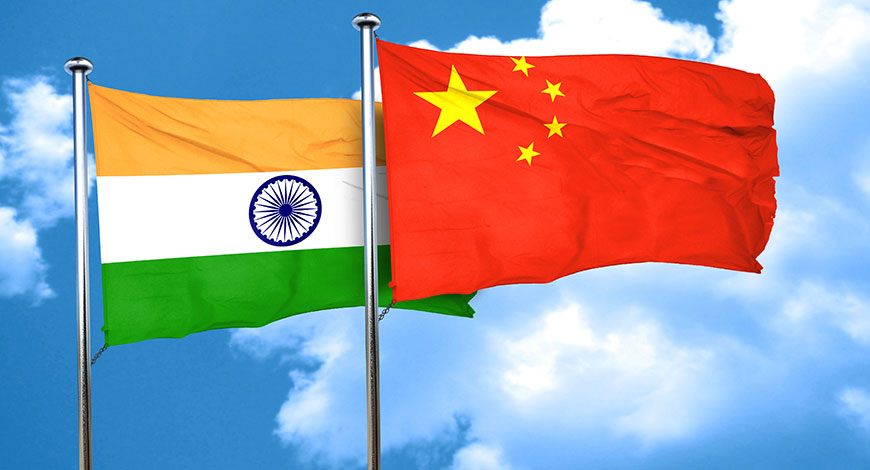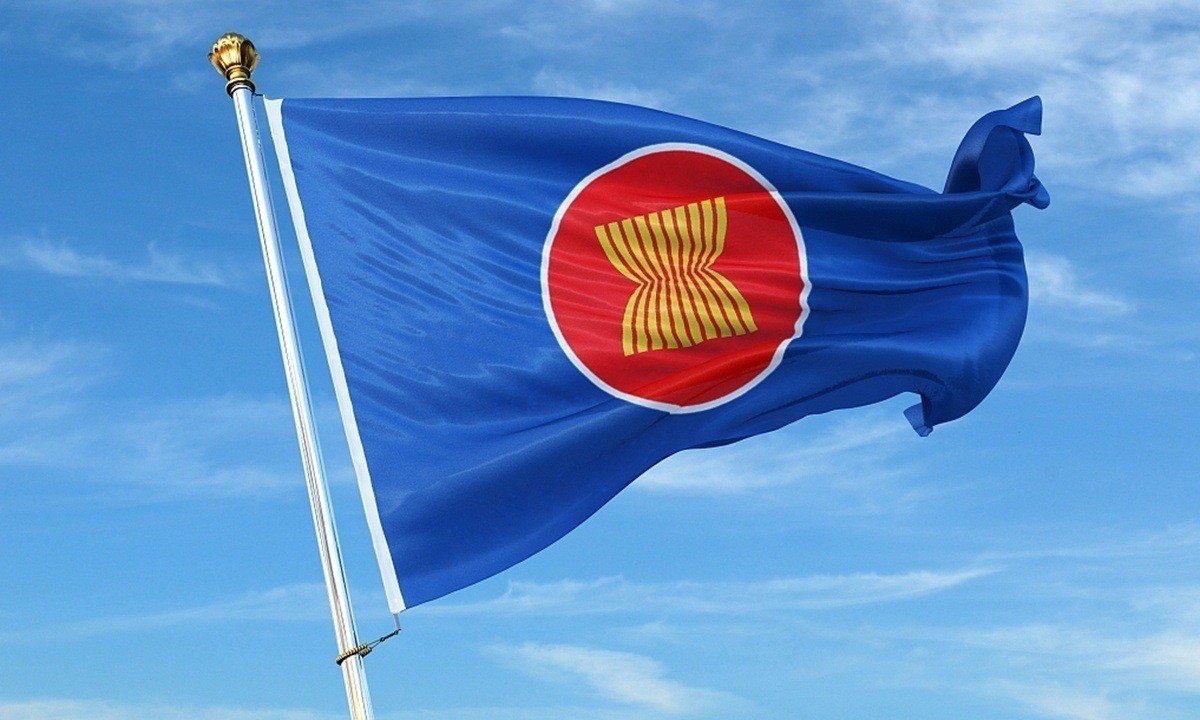Since Russia’s invasion of Ukraine in February 2022, the US and its partners in the “enlarged” West architectures (EU, NATO, G7 and some OECD/G20 countries) have been remarkably united in their support of Kyiv, but they have been much less successful at getting others to join their cause, especially in the so-called “global South” (mainly MENA/Africa, Latin America, South Asia countries). Governments and populations across the developing world express more and more vocally their objections against this narrative underlining the double standards and hypocrisy, about decades of neglect of the issues most important to them, about the mounting costs of the war and of sharpening geopolitical tensions. So, the support to Moscow appears to be more a sign of intolerance vis-à-vis US (and the Western-like states and system) than an ideological alignment with Russia, with some significant exceptions (e. g. Belarus, DPRK, Eritrea, Nicaragua).
This situation is window of opportunity for China, which looks to consolidate her penetration in the international system. Beijing had already set up, since a few years, several initiatives and architectures like BRI (Belt and Road Initiative) and SCO (Shanghai Cooperation Organization), focused on building a network of client states. In the past, superpowers, and mid-size powers as well, used trade tariffs and coerced allies and enemies to achieve their geopolitical ends, creating tensions and leading to confrontations, like the trade policy of the US against Japan before WWII which exasperated Tokyo and facilitated the path to conflict.
In large part, companies, and not countries, are now the focus of China’s campaign to regain leverage over the West and keep open the door for a flush of trade, and reduce the tensions about critical raw material and products. China has paused its economic coercion of countries and commenced another one against firms. With new tactic, but same objective in order to achieve long-time political goals such as building domestic technological capabilities or the acceptance of its policies about “one China” (read absorb Taiwan) or ease the criticism over the internal contestation in Tibet, Sinkiang/East Turkestan, Hong Kong, religious minorities.
But the growing Russian weakness on the Ukrainian frontline allows China to increase her influence inside BRICS (initially BRIC, gathering Brazil, Russia, India and China established in 2006, formalized in 2009 and with the adhesion of South Africa in 2011, and renamed BRICS). This group of states worked to transform BRICS in an architecture more than a diplomatic conference and now appear close to a major turning point (or another step).
However, it is useful to analyse the approach of the founders and their views for the future of BRICS. Russia and China have the same one, using it as tool to face the “other side” (the Western economic and security system), but their magnitude is different. If before the war in Ukraine, the two (Moscow and Beijing) could be considered not so unbalanced, the poor political and military performances of Russia, changed the scene and China emerged as the real power and Putin looks more and more as junior partner of Xi Jinping. As consequences of it, BRICS seems to be transformed on the stage of the more assertive (and effective?) of Chinese assault on the world. For Moscow, BRICS is a tool that may help to re-propose herself as an alternate pool of attraction against the (above-mentioned) pro Western architecture/s.
For India, South Africa and Brazil, even with different extent and magnitude, BRICS is a space of maneuver for their own autonomous policies, monetize their cooperation with the pro-Western side, keep a dedicated channel of communication and trade (this especially true for India) with China and Russia.
As of now, despite the intrinsic weakness of the Chinese economy and society, Beijing is now the real leading pusher for the enlargement of the BRICS, and in parallel of it as part of the main assault line to the backbone of the US-led influence over the world which runs on the dollar (the euro currency would be a secondary target, the pound and Swiss franc are not considered challenges for China in this field) and the influence of Washington in the management of the world affairs, establishing a new world wide currency.
As above-mentioned, BRICS has an informal character, as yet. There is no funding charter, it does not work with a fixed secretariat nor does it have any funds to finance its activities. But slowly, and not fully reported and analysed, BRICS is on the way to set it up.
The first tool of the BRICS-led architecture is the New Development Bank, established in 2012 with a founding capital of 100 US$ Billions and with the aim of mobilizing resources for infrastructure and sustainable development projects in BRICS and other emerging market economies and developing countries, “complementing the efforts of multilateral and regional financial institutions for global growth and development.” In 2021, NDB enlarged its membership and admitted Bangladesh, Egypt, UAE and Uruguay as its new members and it is led by the former Brazilian President Dilma Rousseff, designated at this position on the month of April of this year.
Now?
The announced summit of BRICS for August in South Africa (according to South African President Cyril Ramaphosa, country chairing the group in 2023, the summit will have the theme: “BRICS and Africa: Partnership for Mutually Accelerated Growth, Sustainable Development, and Inclusive Multilateralism.”) it is announced as a critical moment of the project to undermine the Western dominance (or influence) over the world. One of the keys of this meeting, as announced by the galaxy of pro-Beijing/Moscow media sources, it is the enlargement of the membership of BRICS and, in parallel, the launch of a new currency for the group and show off for other potential members.
China leading the development process of a new currency, to overrule the US dollar dominance and become a top currency for buying and trading worldwide. Even if it is presented as a collective initiative, in reality this is a solo project given that the only economy that has the capacity (and willingness) to setting up this currency mechanism is China. Russia, despite the unexpected positive performances of the ruble facing the Western sanctions, has not the capabilities to be the leader (or even co-leader) of the initiative.
On the best of the options, Moscow could be a minor partner of the new financial system and nothing more. India is not interested to lead it and wants to keep an autonomous space and is reluctant to have the major financial burden of this initiative may bring. Brazil and South Africa are even weaker than Russia under this perspective and out of the machinery. They, like Russia, could participate with minoritarian shares and showing the international façade of it.
According to the pro-Beijing/Moscow sources, talks will likely progress throughout this upcoming summit, with other countries outside of BRICS looking to join in. Allegedly, a total of 24 nations (but the reported number is reportedly increasing) are now looking to build a strategic alliance that will challenge the US dollar’s decades-long role as the world’s reserve currency. According to a South African diplomat, a long list of nations is now looking to join in; 13 countries that have formally asked to join while an additional six countries that have informally requested to be part of the alliance. The group of known newcomers includes Saudi Arabia, Iran, Argentina, the UAE, Algeria, Egypt, Bahrain, Indonesia, two unnamed nations from East Africa and one from West Africa. Additional details are likely (or allegedly) to emerge by the summer.
The timing of the project of the expansion of the BRICS, the anti-Western narrative of its members (regardless of current members, potential members and allies), the repeated visits by top Russian and Chinese diplomats to Africa and other regions of the global South, etc., indicate that Beijing and Moscow target those countries as platform for their geopolitics, economy and diplomacy push.
Thirty years ago, the multipolar global system, despite the collapse of USSR, did not emerge as a reality and was replaced by a US-led Western hegemony. Now, this system is more and more challenged by the growth of China as global competitor, re-proposing a newly designed bi-polarism. Functional to the establishment of a bi-polar world, where China hope to lead the alternate poles, Beijing needs to set up a collection of client states, possibly bound up with strong financial ties. In this project Russia would play an essential role as junior partner and decoy, calling the attention and hostility of West for the aggression against Ukraine and dragging political, financial and military resources and distracting (at least trying to) their concerns about the dynamics ongoing in the Indo-Pacific macro-region and elsewhere.
The project of a new currency, is one of the biggest opportunities and challenges facing the BRICS is their ability to expand their membership base while maintaining their current growth.”
BRICS group of states, with the current membership, is already the world’s largest GDP, contributing 31.5% of global GDP, ahead of the G7, which contributes 30.7% (the lion share is in the hand of China and India).
The attraction of a new BRICS-led international currency is based on another aspect of the growing hostility, in the so-called global South (but not only there), for the policies of International Monetary Fund (IMF) and the World Bank (WB), which formally part of the UN system, are perceived as US tool to dominate the policies of many countries. These two institutions are known for stipulating their monetary support to countries, especially in the global South, always with tight (and tighter now) political conditions focused on tough budgetary adjustment policies, the privatization of public services and the opening of markets for foreign (especially western) investors. To these harsh terms, IMF and WB, more recently started to add conditions of the defense and promotion of human rights and democracy, and acceptance of migrant waves (the last is very recent and its operate in cooperation with UNHCR and IOM).
So, under these circumstances, the struggle for build alternative tools to the IMF and the WB is political, understanding that the global South requires, like or not, a different political agenda in terms of reject of attempted external intromissions and/or controlling local economies.
However, a BRICS-issued currency still has a long path beyond and will holds many questions and difficulties (technical and political, more than purely political, which are already important). The first, is which currency will be used. As above mentioned, for different reasons, the most probable would the Chinese yuan/renminbi, which is already the 5th most traded currency as of April 2022, while rubles, rupees, rand and real will (or better, would) play a minor, if not purely symbolic role.
With many powerful countries backing it and looking for an alternative to the US Dollar, the upcoming BRICS Summit could be a major stepping stone towards De-dollarization and one of the most important steps of the world policy after Bretton Wood conference.
It is the call for the BRICS to derive an integrating scheme that goes beyond the exclusively economic, although at the official base is the principle of an economic alternative to present leading institutions in the world.
The Chinese-led project would face a stiff resistance from the US, which are really worried to lose the economical hegemony (and political influence) and multiplied the initiatives and contacts with the potential, disclosed or not, adherents to the BRICS in order to disrupt the project and antagonize the equivalent size powers, like India, against Beijing as major antagonist.
The Dark Side of the Moon
A dozen poor countries are facing economic instability and even collapse under the weight of hundreds of billions of dollars in foreign loans, much of them from the world’s biggest and most unforgiving government lender, China. Those countries, the most indebted to China—e.g., Pakistan, Kenya, Zambia, Laos and Mongolia—have found paying back that debt is consuming an ever-greater amount of the tax revenue needed to keep schools open, provide electricity and pay for food and fuel. And it’s draining foreign currency reserves these countries use to pay interest on those loans, leaving some with just months before that money is gone.
This is originated by the stubborn resistance of Beijing to forgive debt and the extreme secrecy about the amount and terms of the loans. Zambia and Sri Lanka, are already in default, with serious impact on the domestic stability with political and public turmoil, exhaustion of currencies reserves, rise of costs and inflation.
In Pakistan, the textile industry sector has been shut down because the country has too much foreign debt and can’t afford to keep the electricity on and machines running, while Kenyan government stopped to pay the salaries to the civil servants in order to save cash to pay foreign loans.
The persistence of this tough line from Beijing will originate more defaults and will impact negatively on the perspective of the credibility of a financial system, alternate to the US dollar, hegemonized by Beijing. Zambia, which borrowed billions of dollars from Chinese state-owned banks to build dams, railways and roads, boosting the country economy but also raised foreign interest payments cutting deeply any public expenditure. Countries like Zambia, Pakistan and Congo-Brazzaville and other countries, like Indonesia, Laos, Uganda in the past, even, with tough conditions, from IMF, WB (and regional development banks and countries) got deals to forgive some debt.
All of it is roiling domestic politics and upending strategic alliances. In March, heavily indebted Honduras cited “financial pressures” in its decision to establish formal diplomatic ties to China and sever those with Taiwan. Chine firmly rejected the allegations to strangles its clients and underlined that has forgiven 23 no-interest loans to African countries; however independent sources stated that these actions are focused to very older loans and less than 5% of the total that was lent.
The future, as usual in the international relations is uncertain, and in this time, more than ever. The described picture shows that the ambitions of several actors would worsening the fate of minor and/or weak partners.
Enrico Magnani, PhD is a retired UN officer who specializes in military history, politico-military affairs, peacekeeping and stability operations. (The opinions expressed by the author do not necessarily reflect those of the United Nations). This paper was presented at the 53rd Conference of the Consortium of the Revolutionary Era, Fort Worth, Texas, USA, 2-4 February 2023.

